It was time to leave the northern Serengeti and move on to another camp; this one just south of the central Serengeti. We spent the day winding our way south, making an all-day game drive of it. We saw many of the more common animals – wildebeest, zebra, and giraffe – but as we got closer to camp, we spied a serval in the grass. People talk about the “big cats” – lions, leopards, and cheetahs – but a serval is one of the “small cats” and seeing them is a very rare and special sighting. This is only the second serval I’ve seen myself. The grass was a bit tall but the serval was kind enough to pose for a few shots before it disappeared into the grass. Not the most cooperative subject. 🙂
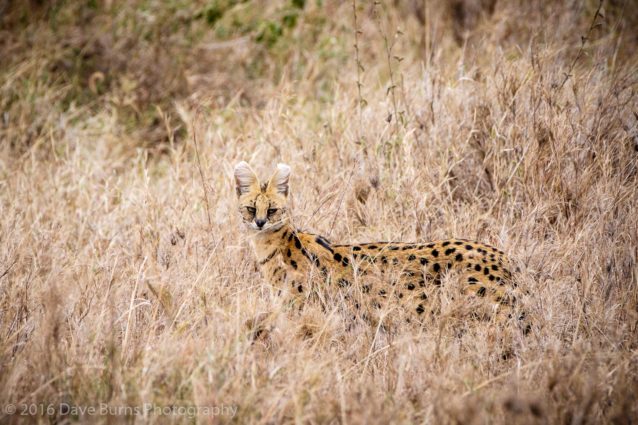
The camp was located in a set of kopjes (rock outcroppings) named the Moru Kopjes and we spent two nights there. It’s a beautiful site tucked right in the kopje and looking east over the plains. After a deep sleep on a great mattress (these are luxury tents after all), I got up early and wandered to the top of the kopje to see the sunrise and it didn’t disappoint.
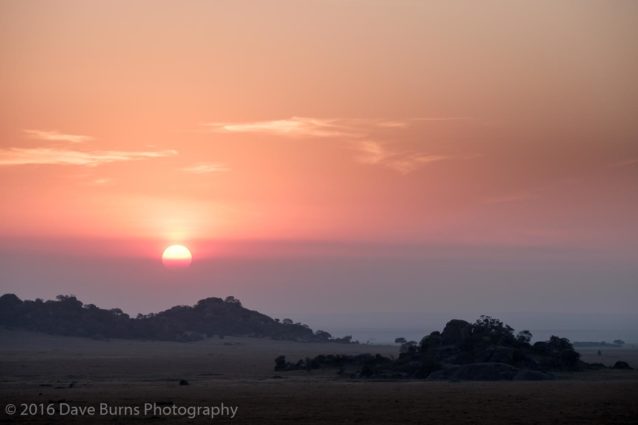
Behind me, a Marula tree at the top of the kopje. Known to the camp staff as the “phone” tree because standing there gets you a bar or two of signal. My wife could tell her coworkers with no irony, “Sorry, I have to take a call from the Serengeti.”
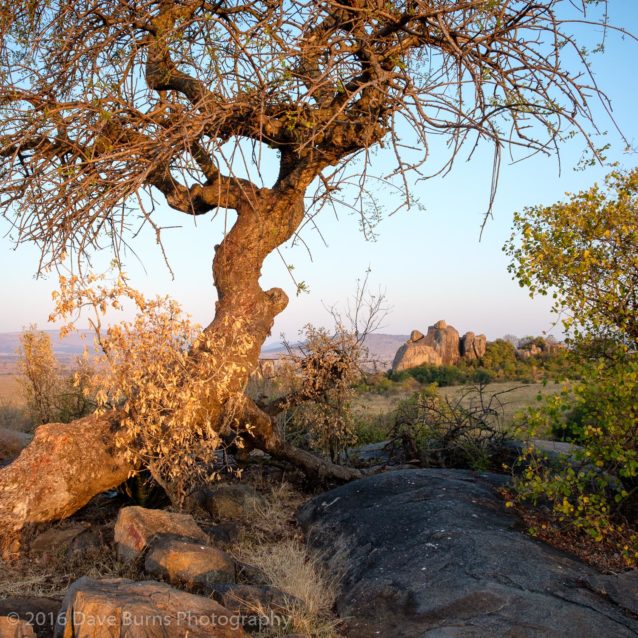
On one of our game drives, we saw a group of lionesses resting close to a stream and their interest increased as a group of Thomson’s gazelles came closer so that they could cross. One of the lionesses snuck down to the stream’s bank and hid in the grass. We waited and waited, so sure that there would be a chase but in the end the lioness never pounced. Would you have seen the lioness if I hadn’t told you she was there?
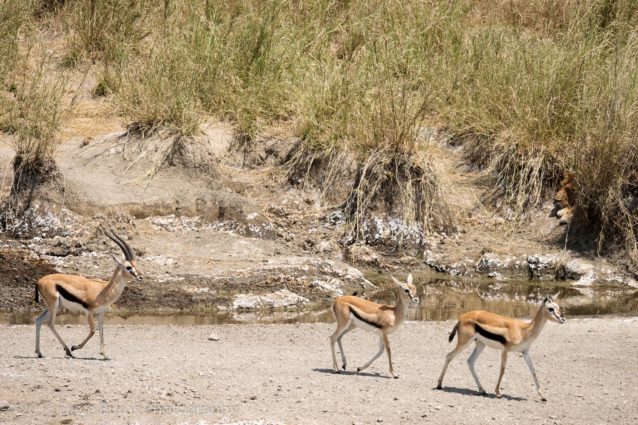
Kopjes are always a great opportunity to try out infrared. We took a break for lunch at a kopje known for being a great lunch spot. Afterwards I pulled out my infrared camera (a converted Fuji X-E2) for a few minutes. I’m still very happy with the results I’m getting using Fuji for infrared instead of my two Canons I’ve used in the past:
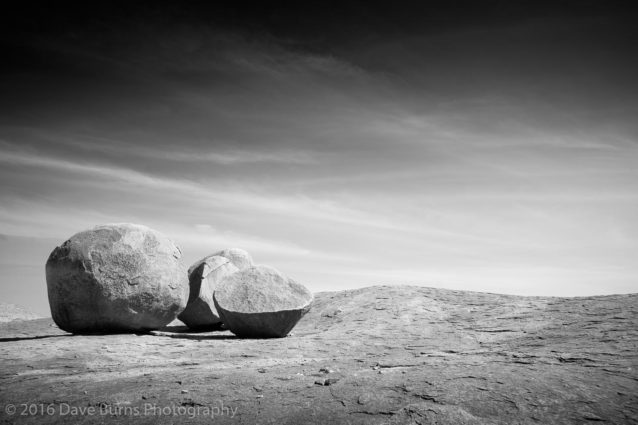
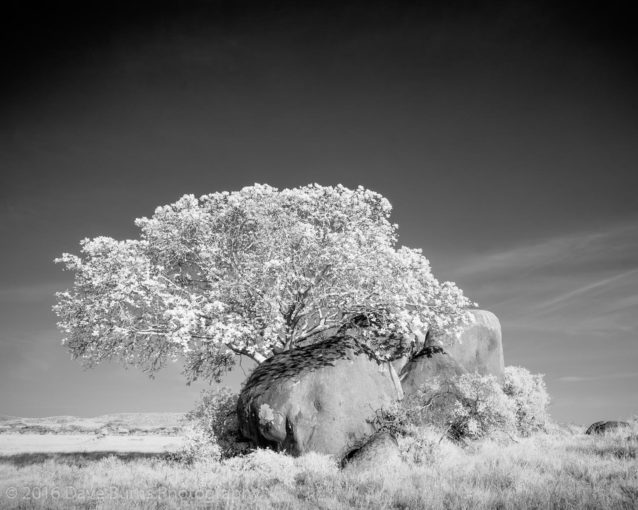
The open expanses of the Serengeti in this area are a great place to test the reach of the Fuji 100-400mm lens I brought with me. I was pleased with its performance, capturing small subjects that were close by like these Striped Swallows and large subjects far away like this giraffe high up the side of a kopje (an unusual thing!).
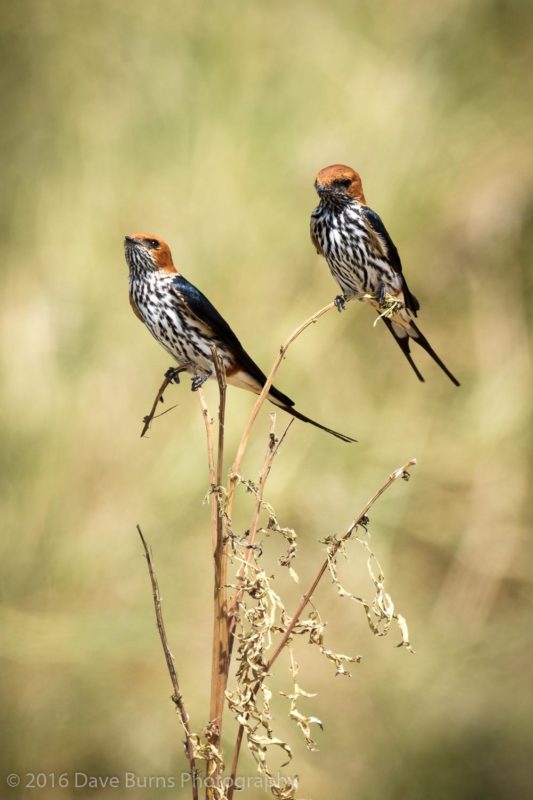
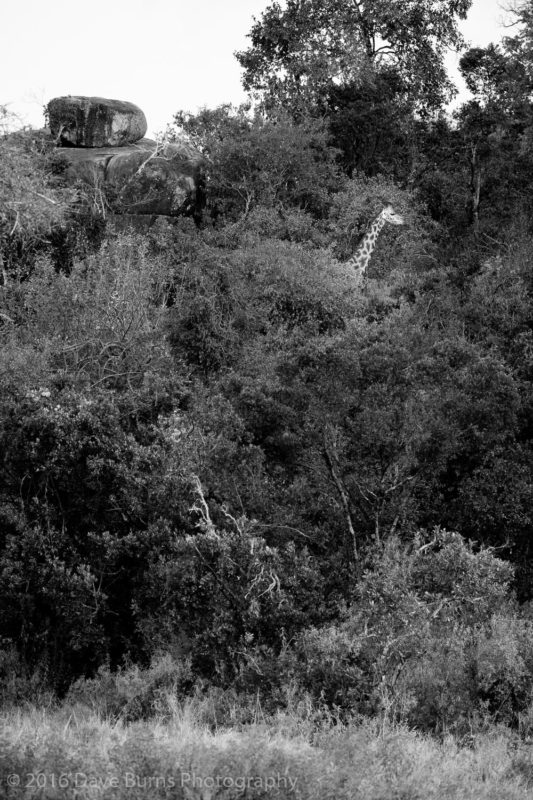
On our last morning, we got up early to leave the Serengeti and make our way to Tarangire National Park. I couldn’t resist a final iPhone shot of the view from my bed before getting up:
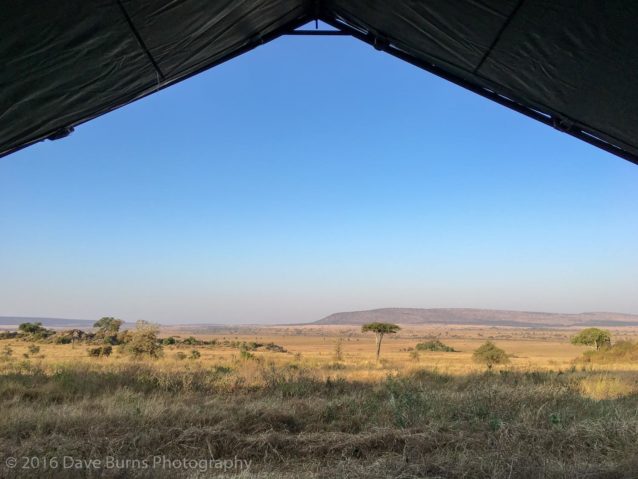
This is the fifth in my series of posts about my safari in July 2016. You can find all of them here:
- Starting My July Safari: Arusha, Mara River Crossings, Fuji X, and Lake Natron
- Notes from Lake Natron: Flamingos, Infrared, and Footprints
- Through Loliondo: from Lake Natron to Northern Serengeti
- Northern Serengeti: Wildebeest and Mara River Crossings
- Central Serengeti: Cats, Kopjes, Sunrises, and Infrared
- Tarangire: Wrapping up with Elephants, Zebras, and a Toast
About Dave Burns
Dave Burns is a wildlife, travel, and landscape photographer whose passions range from the beauty of the African savanna to the streets of Paris. He created Dave Burns Photo Tours to share his favorite places with other photographers, help them capture unique images, and learn more about photography and digital work flow. His next trip is an African photo safari to the Serengeti in February 2021. Dave’s images are in private collections and galleries. To contact him, use the contact page on this site.
Pingback: Central Serengeti: Cats, Kopjes, Sunrises, and ...